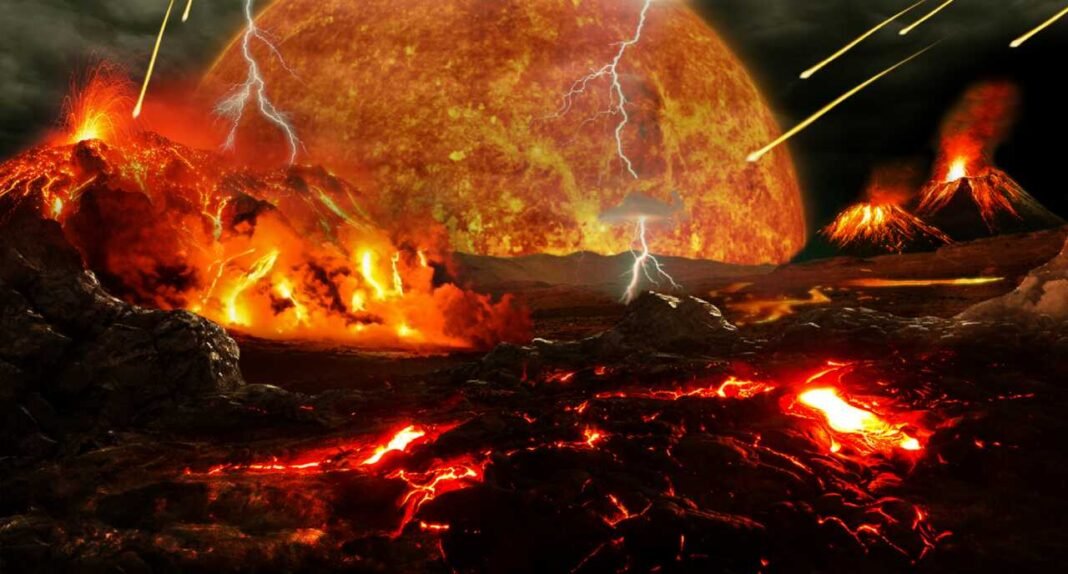
Researchers have uncovered what may be the first direct evidence of Earth’s original form, identifying chemical traces that date back 4.5 billion years, long before a cataclysmic collision reshaped the planet. The discovery, made by scientists at MIT and partner institutions, points to ancient material from the early formation of Earth, known as the “proto Earth,” that has remained untouched deep beneath the surface.
Published in Nature Geoscience, the findings provide rare insight into Earth’s earliest makeup before it was drastically altered by a Mars-sized object in what is known as the giant impact.
That event melted the planet’s interior and is believed to have erased nearly all original material. However, the new research suggests some of those early building blocks still exist.
The team, led by MIT geochemist Nicole Nie, identified a subtle chemical signature in ancient rock samples from Greenland, Canada, and Hawaii—locations known for preserving Earth’s oldest crust and mantle material.
The rocks showed an unusually low level of potassium-40, one of three naturally occurring isotopes of the element. This imbalance is not found in most modern Earth materials.
Early planet clues found in potassium signature
Nie explained that this potassium signature likely predates the giant impact. Its survival indicates parts of the planet’s original chemical structure may have endured extreme planetary changes. She called it a rare glimpse of Earth before it became what it is today.
Prior to this study, Nie and her colleagues had analyzed meteorites formed at various stages across the solar system.
They found a range of potassium isotope ratios, identifying what they termed a potassium isotopic anomaly. This earlier work led them to believe potassium could help trace the origins of Earth’s earliest material.
Building on that, the team turned to terrestrial samples. Using acid treatments and precision mass spectrometry, they measured potassium isotope levels in powdered rock. The clear deficit in potassium-40 could not be explained by current geological processes or later space impacts.
Simulations support theory of preserved proto material
To confirm the finding, the researchers modeled how potassium-40 levels would change under intense planetary events such as the giant impact and mantle mixing.
The results showed that while most of the planet’s material would evolve chemically over time, some areas could preserve their original makeup—consistent with what was found in the rock samples.
Curiously, none of the known meteorites match the potassium profile seen in the Earth samples, suggesting the materials that formed the proto Earth may not yet have been discovered.
The research involved collaboration from institutions in the U.S., China, and Switzerland, and received support from NASA and MIT.


